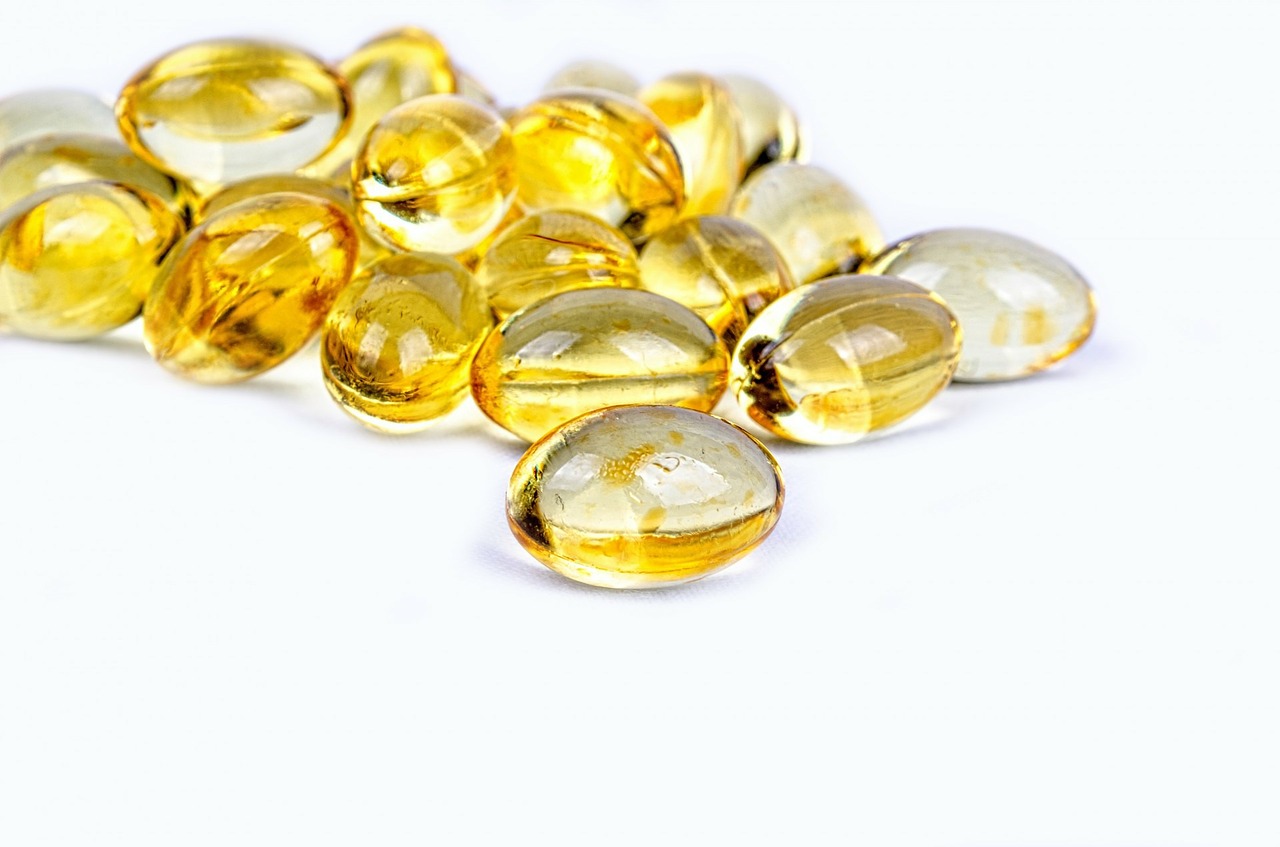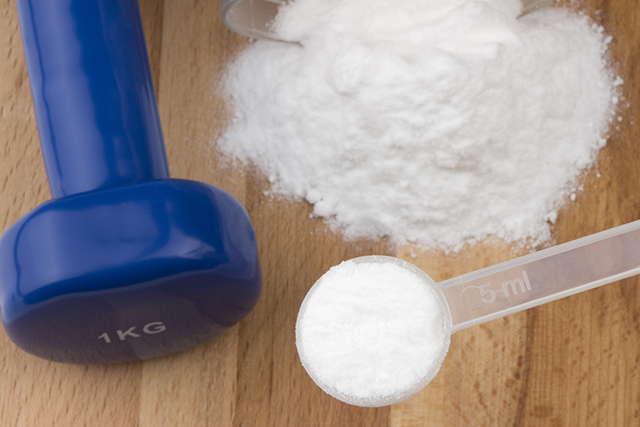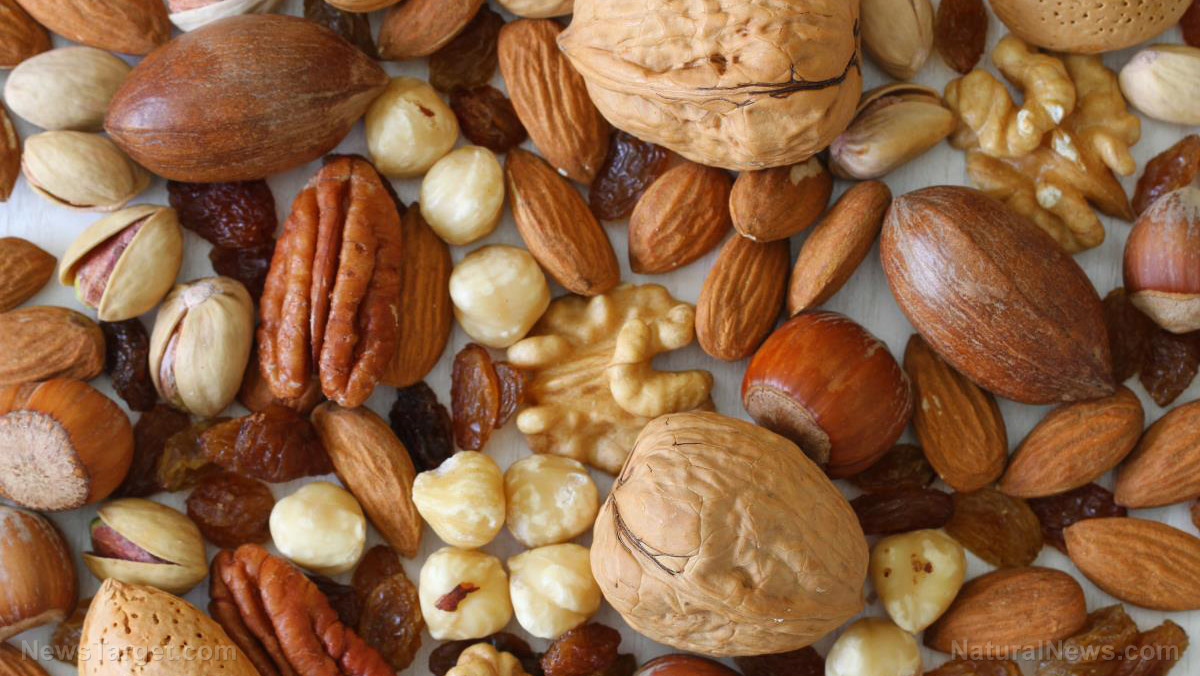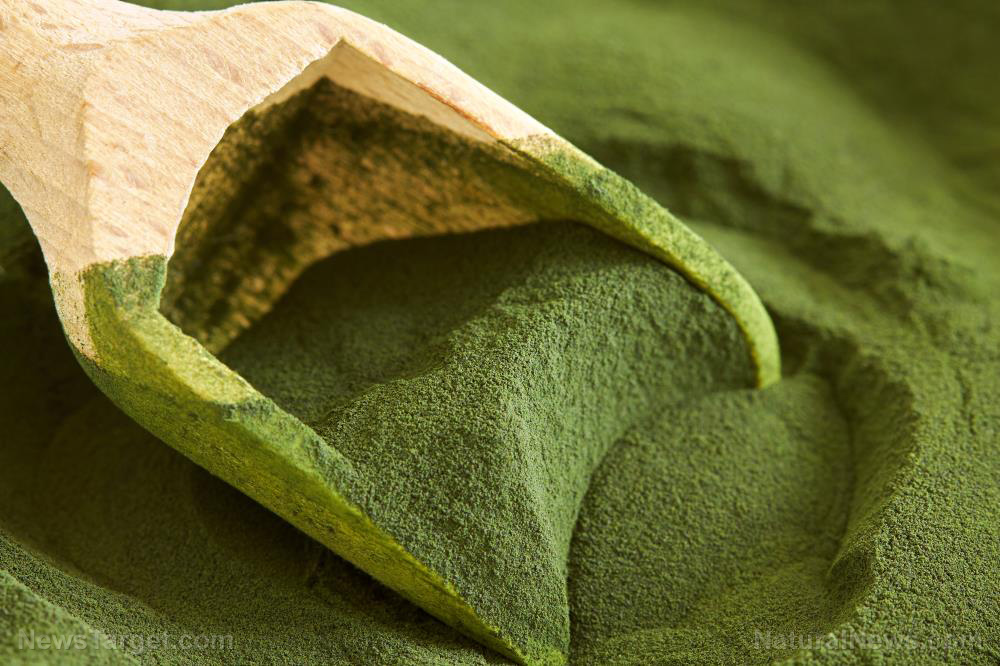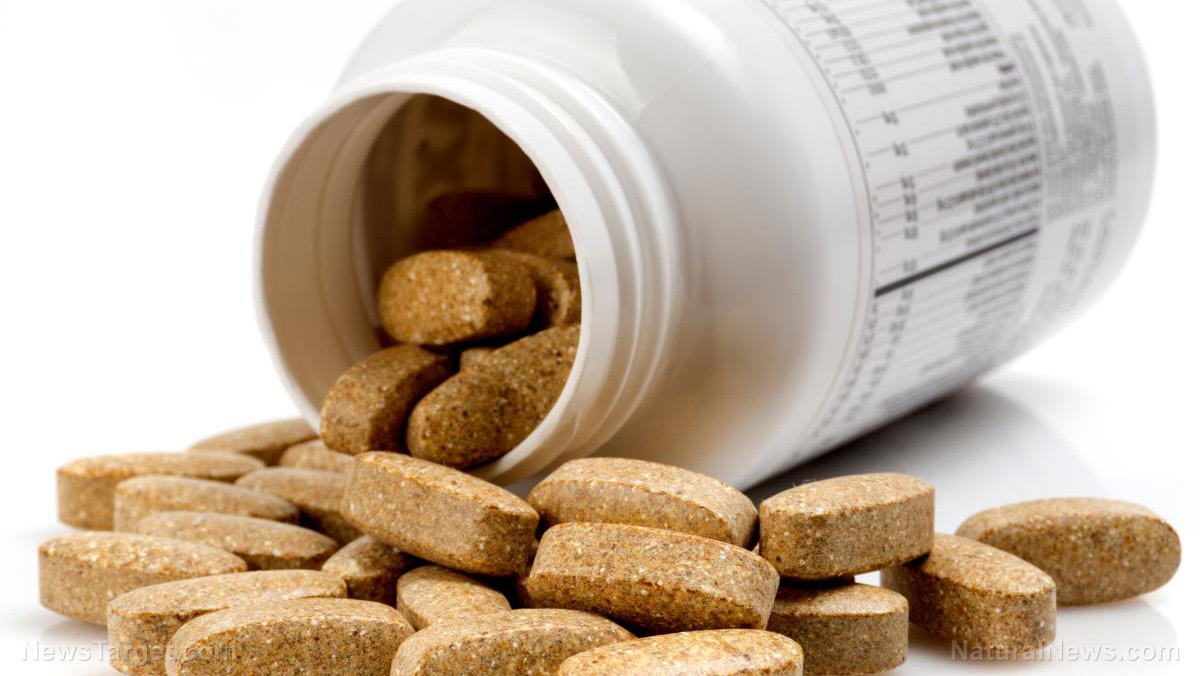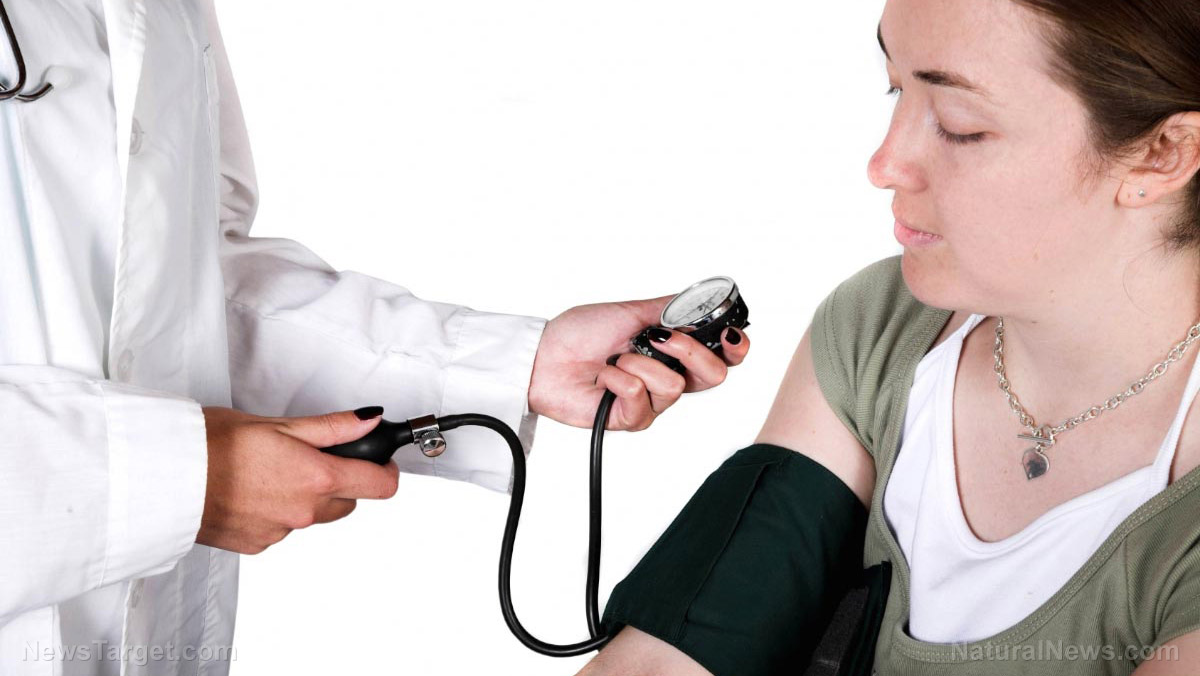The telltale signs of iron deficiency
12/12/2018 / By Ellaine Castillo

These days, more people are going for vegan and plant-based diets and although these have their fair share of advantages, they are also causing people to become deficient in essential nutrients. Iron deficiency is the most prevalent nutritional disorder. According to the World Health Organization, it affects more than 30 percent of the world’s population. If you think about it, this condition should be fairly easy to fix, so why is it still very rampant? Well, that’s because its symptoms are very easy to miss not just for the regular folks but for doctors as well. So to give it the proper medical attention that it needs, you must first be able to identify the different manifestations of iron deficiency.
Iron is a very important mineral since it plays a role in carrying oxygen in the red blood cells as they travel to the different parts of the body. Insufficient amounts of this mineral significantly reduce the body’s oxygen supply. This nutrient can also be found in enzymes called cytochromes that are involved in energy production and the removal of toxins. In addition to these, iron is also crucial for hormone production, growth and development, brain functions, and immune responses. Because of its involvement in many critical processes, the symptoms of iron deficiency may show in different ways. The most common among these are the following:
- Exhaustion — More than half of patients with iron deficiency suffer from exhaustion because the different parts of the body do not get the oxygen that they need to function. (Related: Feeling unusually exhausted lately? You may be suffering from iron deficiency.)
- Shortness of breath — Like exhaustion, shortness of breath is also caused by the lack of oxygen supply to the different parts of the body.
- Paleness — Iron is important for the vibrant color of red blood cells so when there isn’t enough of it, you might start to look a little pale. This doesn’t just manifest on your skin, it can also be observed on the nails, eyelids, or tongue.
- Restless leg syndrome — Restless leg syndrome is a condition characterized by an unpleasant crawling sensation in the feet, calves, thighs, or even their arms, which often worsens at night. People with this condition might not be getting enough iron.
- Headaches and dizziness — When the brain doesn’t get enough oxygen, blood vessels swell and create pressure, which leads to painful headaches. Worse, the iron deficiency can also increase the risk of anxiety, panic attacks, mood swings, and depression.
- Brittle nails — If your nails are becoming brittle or if they’re taking on a more concave appearance, you might be experiencing iron deficiency.
- Heart palpitations — Since iron deficiency significantly reduces oxygen supply, the heart has to make up for it by working overtime. This can lead to irregular or fast heartbeats. This may eventually lead to an enlarged heart or heart failure.
- Swelling and soreness in the mouth — Tongue inflammation is a common manifestation of iron deficiency since this mineral is needed for cell growth and function.
- Dry hair and skin — Without enough oxygen, the skin and hair become damaged and dry or in extreme cases, hair might even start falling off.
Sources of iron
Once you know that you have an iron deficiency, you can easily remedy this by taking supplements or increasing your intake of the following iron-rich foods:
- Shellfish
- Spinach
- Organ meats like liver
- Legumes
- Red meat
- Quinoa
- Turkey
- Broccoli
For more articles about nutrient deficiencies, visit Nutrients.news
Sources include:
Tagged Under: iron, iron deficiency, nutrients, nutritional deficiency, nutritional disorder, symptoms, wellness

